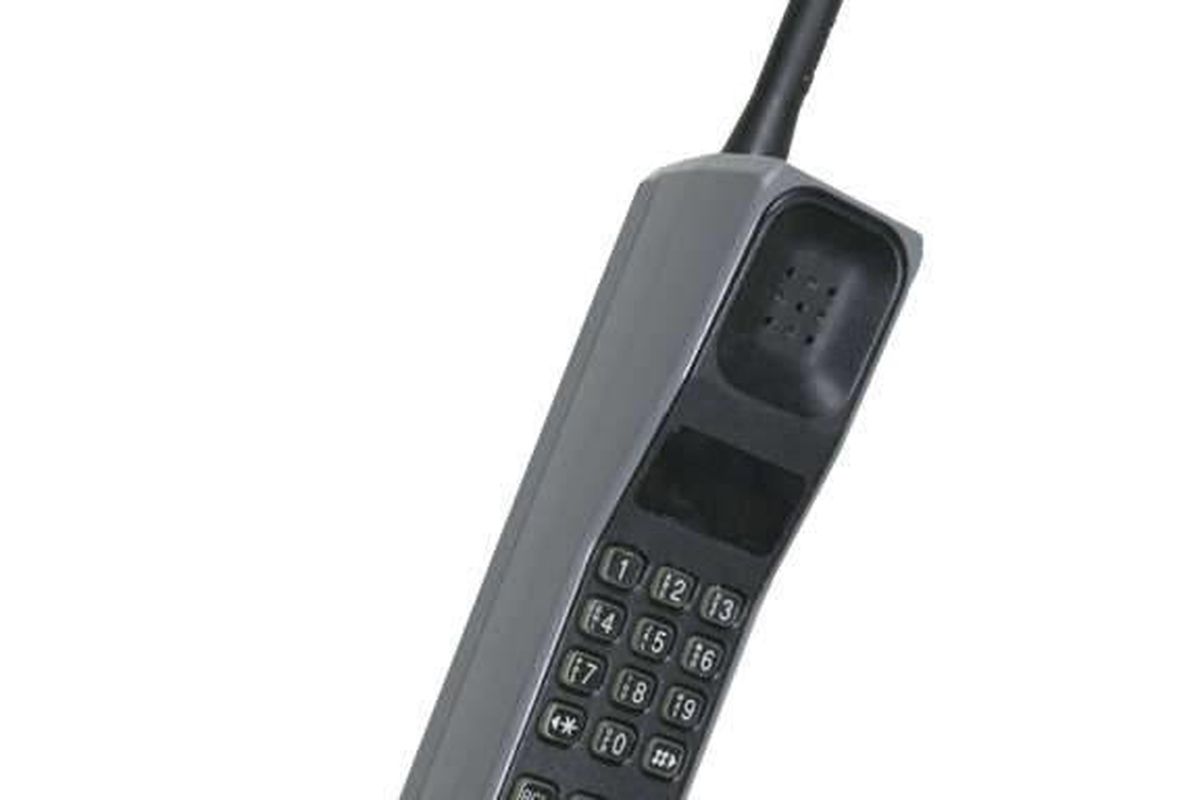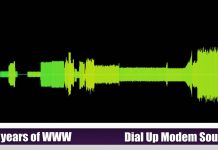After the turn of the 20th century, people have dreamed of a society in which they can remain in constant contact with each other, free from wires and cable restrictions.
Since the advent of radio communications in the early 1900s, and with landline telephone services being more popular at the time, it wasn't hard to see why people would think the development of modern cellphones as we know them today would come much earlier than it did.
To get to know the very first mobile phone, check out this blog! Read on to learn more about it.

When Did Mobile Phones Begin?
Mobile phones are relatively new, particularly smartphones which have become our inseparable companions today. Nevertheless, the history of telephones dates back to 1908 when a US Patent for a cellular telephone was given in Kentucky.
As early as the 1940s, mobile phones were invented when engineers working at AT&T developed cells for cellular base stations. The very first mobile phones were totally not really mobile phones.
There were two-way radios that connected with people, including cab drivers and emergency services. On April 3, 1973, Motorola became the first company to manufacture the first handheld cell phone by mass manufacturing.
Such early cell phones are also referred to as mobile phones with 0G, or mobile phones with Zero Generation. Most cell phones today rely on mobile 3G or 4G technology.
Early 20th Century Landmarks
In 1926, the first successful mobile telephone service on the Deutsche Reichsbahn route between Berlin and Hamburg was provided to first-class passengers.
In 1946, the first calls made to a Chicago automobile radiotelephone. Due to the limited number of available radio frequencies, the service was rapidly attaining efficiency.
A decade after, Sweden launched the first automated private-vehicle mobile phone system. The unit to be mounted in the car was using rotary dial vacuum tube technology and weighed 40kg.
Late 20th Century Landmarks
In 1973, Dr. Martin Cooper, General Manager of the Motorola Communications System Group, made the first public cellphone call on a computer weighing 1.1Kg.
Nearly a decade after, eleven European engineers and administrators gathered in Stockholm to consider whether a Europe-wide digital cellular telephone system was technically and politically feasible.
The party followed the nordic cooperative model and laid the foundations for an international standard. In 1992, SMS was sent in the UK for the first time in the world.
At the time, Neil Papworth, 22, was a developer for a telecom contractor responsible for designing a Vodafone messaging service. The text message read "Merry Christmas" and was sent to the Vodafone director Richard Jarvis, who enjoyed his Christmas party at his office.
The Motorola DynaTAC: First Handy Mobile Phone
The DynaTac 8000X was nicknamed the brick phone by users because of its resemblance in size and weight to a standard clay-fired brick, a term later applied to other brands compared to the smaller handsets that appeared in the 1990s.
It weighed 2 pounds, provided for each recharge just half an hour of talk time, and sold for $3,995. As customers are lined up in droves to purchase their first mobile phone as soon as it hits the market.
Rudy Krolopp, now 74 years old and retired, still get a "warm fuzzy feeling" thinking about the DynaTAC and realizing that "a few of us have done something very important".
This brick has been on the market for over a decade. Martin Cooper, who oversaw Motorola's research and development initiative in wireless, named Krolopp to the project and was eventually dubbed the mobile phone 's father by then-CEO Robert Galvin.
How it Was Created

This mobile phone has been on the market for over a decade since 1973. Martin Cooper, who oversaw Motorola's research and development initiative in wireless, named Krolopp to the project and was eventually dubbed the mobile phone's father, Robert Galvin.
Both the names of Cooper and Krolopp are on the original patent along with the names of John Mitchell, former head of communications division of the company.
The working prototype for the first mobile phone was created with help from his boss, Motorola's director of portable communication devices John Mitchell, Cooper, and Motorola's engineers.
Conclusion
Along with the process of creating a more compact infrastructure and a more robust interconnection scheme, there have been dramatic changes in both wireless communication networking and the prevalence of its use.
With smartphones being popular worldwide and an increasing proportion of Internet access now being made through mobile broadband. But, we can't deny the fact that seeing the first-ever phone is kind of nostalgic, right?







